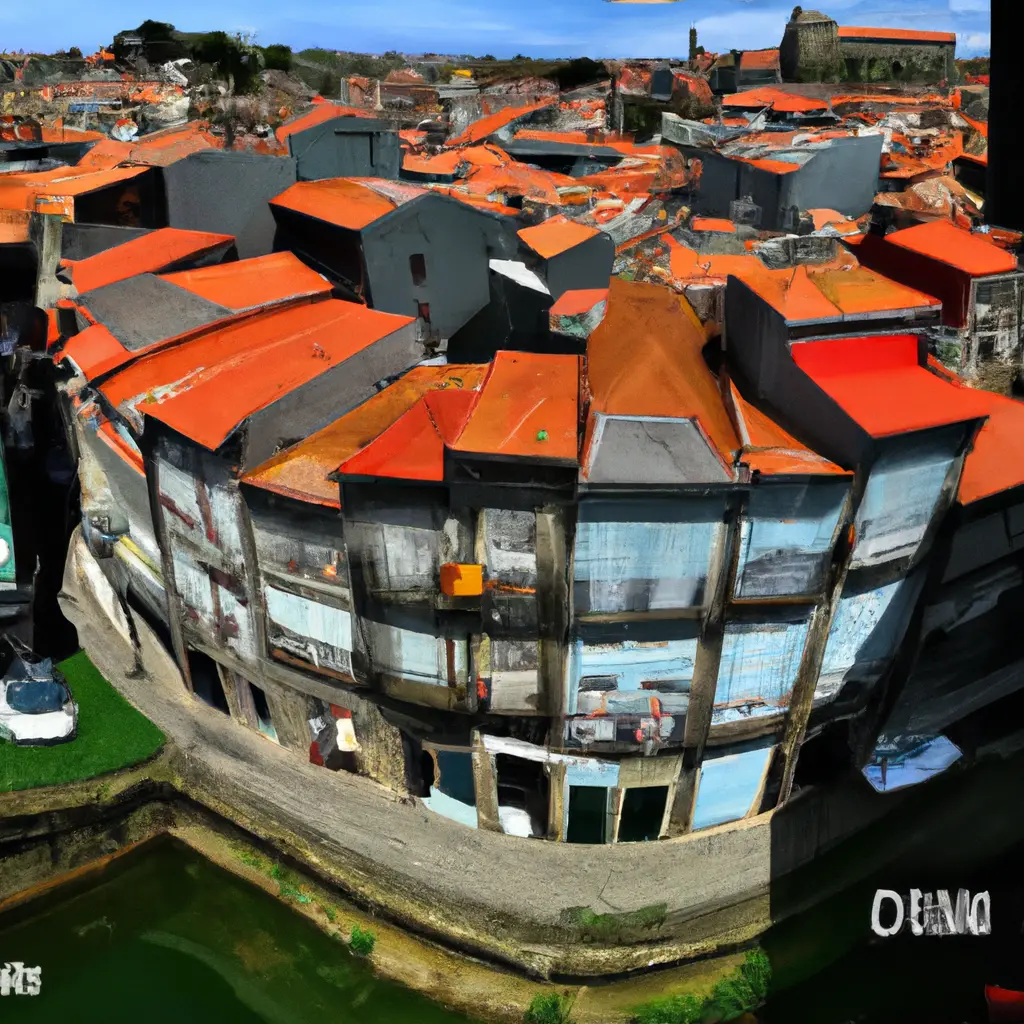House demolition in Portugal: why aren't more houses being built?


Portugal hasn't had such a low number of homes available to buy for 15 years: by the end of 2022, around 47,200 dwellings were available to change hands. But demand for real estate remains strong.
The first hurdle: licensing
It can take several years from the decision to construct a building to its completion. Bureaucracy makes it difficult and discourages real estate investors. "Licensing processes are time-consuming and can be a weak point in real estate promotion," says Bento Ayres, president of the Engineering Council - Northern Region (OERN). Therefore, he suggests: "We need to simplify processes or start developing preliminary licensing studies to incentivize individuals." While projects languish in municipal offices, the realization of investments can be seriously compromised. It is enough to look at the example of the last year, when the war and inflation led to an increase in the prices of building materials. "The market operates in long-term cycles. It can take a long time from when the lack of supply becomes clear to the start of construction. The biggest obstacle to activity is bureaucracy and licensing," emphasizes Ricardo Guimaraes, director of Confidencial Imobiliário. And even the state, minding its own business, bears the blame, concludes civil engineer Carlos Mineiro Ayres: "In public housing, everything is done through government contracts. There is a bureaucratic web and litigation. A decision can take a year to be made if it is challenged by one of the bidders. "
The second hurdle: profit margin
Many real estate projects that have emerged in recent years are aimed at the premium or luxury segment. And there's a reason for that: profit margins are more attractive to real estate investors. "Private investors are not investing in the middle segment because the profit margin is small," says Carlos Mineiro Ayres. But even in residential complexes designed for the middle class, demand is very high. "The ones that come on the market sell out quickly.
The third obstacle: the context of uncertainty.In the real estate sector, there are several factors that contribute to uncertainty. Lack of labor, coupled with rising prices and shortages of building materials, makes the cost of construction more expensive. "There have been many cycles of turmoil and strain that investors face and concerns. Real estate is a risky activity," insists Ricardo Guimaraes. But there's another crucial factor: with rising interest rates, stricter bank financing rules and a loss of purchasing power, families are finding it increasingly difficult to buy a home. "Today, it is not a fact that a middle-class family can get financing and buy a house at current prices," emphasizes Bento Ayres. There is another aspect to this situation: those who own a home and have considered selling it are thinking twice, which also reduces supply. "It is expected that owners who were planning to sell their properties are now hesitant. Because simultaneously income and real estate value growth are among the few safe ways to fight inflation," adds Ricardo Guimaraes.
The fourth hurdle: small buildings
The principle of economies of scale says that the larger the production, the lower the average price. And in building construction, this can also exist. In Portugal, most buildings have a small number of floors and few apartments per floor. And that makes the investment less attractive. Ricardo Guimaraes of Confidencial Imobiliário reminds us that "in Portugal we don't have a culture of building in height" and that "building density contributes to lower construction costs". In other words, larger buildings could allow for more affordable housing. "Increasing density should be done with caution, but it is certainly one way to address the need for more affordable housing," he concludes.
In the real estate sector, there are several factors that contribute to uncertainty. Lack of labor, coupled with rising prices and shortages of building materials, makes the cost of construction more expensive. "There have been many cycles of turmoil and strain that investors face and concerns. Real estate is a risky activity," insists Ricardo Guimaraes. But there's another crucial factor: with rising interest rates, stricter bank financing rules and a loss of purchasing power, families are finding it increasingly difficult to buy a home. "Today, it is not a fact that a middle-class family can get financing and buy a house at current prices," emphasizes Bento Ayres. There is another aspect to this situation: those who own a home and have considered selling it are thinking twice, which also reduces supply. "It is expected that owners who were planning to sell their properties are now hesitant. Because simultaneously income and real estate value growth are among the few safe ways to fight inflation," adds Ricardo Guimaraes.
The fourth hurdle: small buildings
The principle of economies of scale says that the larger the production, the lower the average price. And in building construction, this can also exist. In Portugal, most buildings have a small number of floors and few apartments per floor. And that makes the investment less attractive. Ricardo Guimaraes of Confidencial Imobiliário reminds us that "in Portugal we don't have a culture of building in height" and that "building density contributes to lower construction costs". In other words, larger buildings could allow for more affordable housing. "Increasing density should be done with caution, but it is certainly one way to address the need for more affordable housing," he concludes.
Comment
Popular Posts
Popular Offers

Subscribe to the newsletter from Hatamatata.com!
Subscribe to the newsletter from Hatamatata.com!
I agree to the processing of personal data and confidentiality rules of Hatamatata














